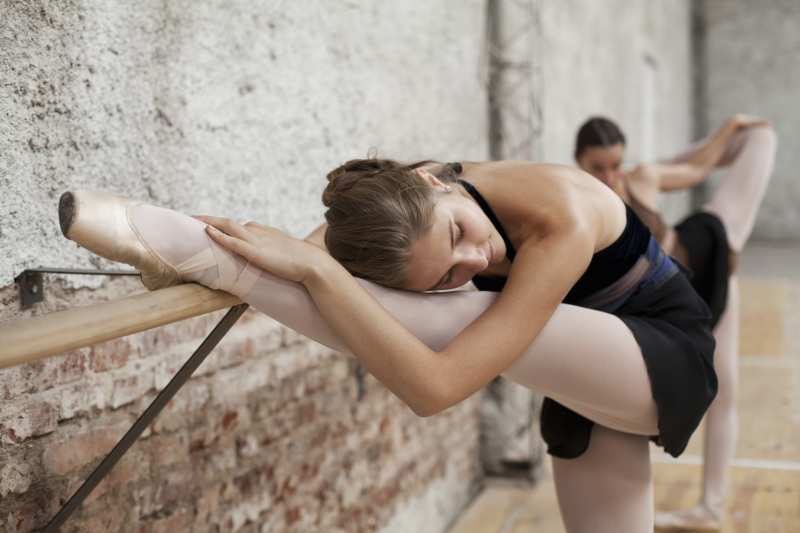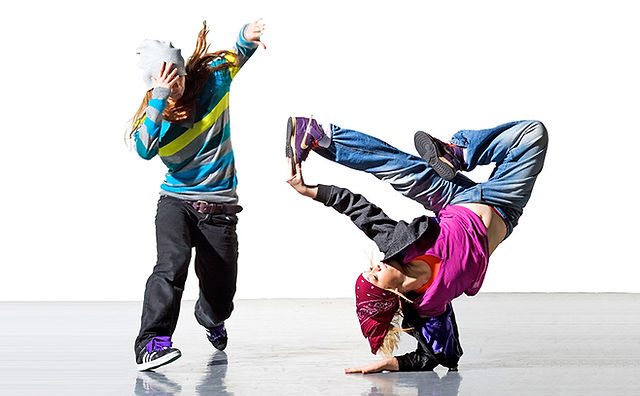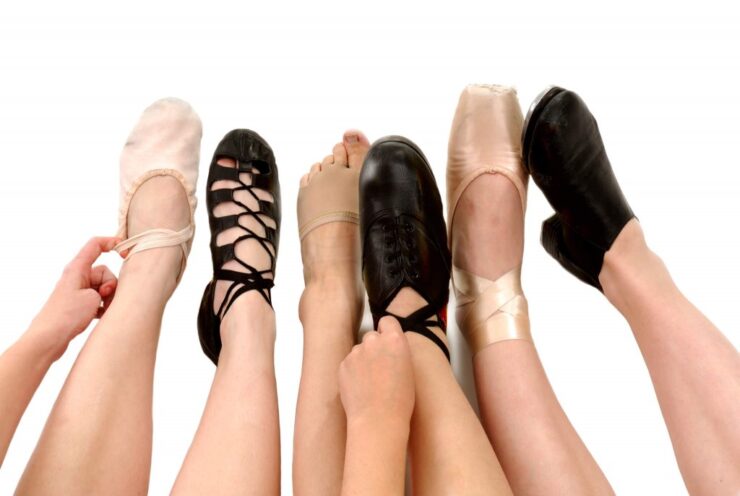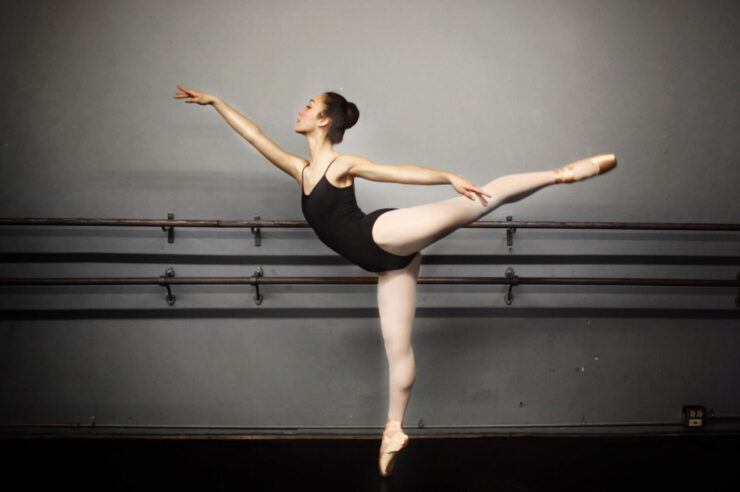The dance floor is a world where every movement, every pirouette, every leap, counts. The artist paints this world with grace, style, and attire. One essential aspect that enhances a dancer’s performance is their dancewear. It is not just a fashion statement but a critical component that aids in making each movement flawless. The right dancewear can dramatically improve a dancer’s performance, adding a touch of grace, comfort, and confidence to their routine. It becomes a seamless extension of the dancer, merging style and functionality to enhance their artistic expression.
Moreover, dancewear plays a significant role in ensuring the dancer’s safety and overall health. The right clothes fit well, don’t restrict movement, and help prevent injuries. Ill-fitting clothes may cause tripping, slipping, and other accidents, especially during intricate movements and complex choreographies. Thus, the safety offered by well-chosen dancewear is paramount, enabling dancers to push their boundaries without fear.
1. Choosing the Right Fabric for Optimal Movement

Dance is an expressive art form where every motion matters. The fabric of your dancewear, thus, plays an instrumental role in facilitating these movements. The right fabric should be like your second skin, moving with you, not against you. So, how do you find such a fabric? Firstly, consider stretchability. Fabrics like Lycra, Spandex, or blends that include these materials can comfortably stretch and conform to the body’s movements, making them ideal for dancewear. If you are interested in Enchanted Dancewear you can visit this site.
Comfort is another factor that is greatly influenced by fabric choice. No dancer wishes to perform feeling itchy, constricted, or overheated. Therefore, choosing breathable fabrics like cotton, bamboo, or moisture-wicking materials can help ensure comfort by allowing heat to escape and sweat to evaporate quickly. Also, these fabrics have a soft feel against the skin, reducing the chances of irritation and distraction during the dance.
The weight of the fabric also plays a significant role in choosing the right dancewear. Lightweight fabrics like chiffon and silk can create beautiful flowing movements, ideal for ballet or contemporary dance, while heavier, sturdy materials like leather or denim might be more appropriate for street or hip-hop styles. Therefore, understanding the attributes of different fabrics and how they align with your dance form can enhance your movement and overall performance.
2. Finding the Perfect Fit: Sizing and Measurements
The essence of dance is to move freely and expressively. Hence, the fit of your dancewear significantly influences your performance. A perfect fit should strike a balance – neither too tight that it restricts your movements nor too loose that it interferes with your dance steps. To achieve this, understanding your body measurements and knowing how to translate them into dancewear sizes is critical.
Many dancers mistakenly believe that tighter clothes will provide more support. However, this can lead to discomfort, difficulty breathing, and limited range of motion. On the other hand, oversized dancewear can result in tripping or wardrobe malfunctions. Hence, a proper fit is one that offers support without compromising your comfort or freedom of movement.
3. Selecting Styles that Complement Your Dance Form

Dance is not a one-size-fits-all art form. Each style, from ballet to hip-hop, from contemporary to folk, has unique requirements and aesthetics. Therefore, your dancewear should not only facilitate your movements but also reflect the essence of the dance style.
For instance, ballet demands precision and grace, requiring form-fitting leotards that highlight the dancer’s form and movements. In contrast, a hip-hop dancer might prefer loose-fitting joggers and tank tops that allow for unrestricted, powerful moves. Ballroom dancing, on the other hand, is all about drama and flair, hence flowing gowns and fitted suits make the ideal dancewear.
The key here is to understand the nuances of your dance form, its movement vocabulary, and its cultural context. This understanding will guide you in selecting the dancewear that not only enhances your performance but also aligns with the artistic and cultural expressions of your chosen dance style.
4. Exploring the Impact of Dance Shoes on Movement

Dance shoes are a dancer’s best friend. They provide the critical connection between the dancer and the dance floor. Hence, selecting the right dance shoes is as important as selecting your dancewear. They protect your feet, provide the necessary grip, and help you glide, pivot, leap, and land with ease.
The type of dance shoe needed varies with the dance form. Ballet dancers prefer pointe shoes or ballet slippers that support their unique footwork, while tap dancers need shoes with metal taps for their rhythmic footwork. Latin dancers opt for shoes with flexible soles for swift foot movements, and contemporary dancers often dance barefoot or in barefoot illusion shoes.
Besides the type of shoe, the fit is also crucial. Ill-fitting shoes can cause discomfort, hinder your movement, and even lead to injuries. The shoes should snugly fit your feet, providing enough room to move your toes but not so loose that your foot slides within the shoe. Hence, spending time to find the perfect dance shoe can dramatically improve your dance performance.
5. Incorporating Flexibility and Stretch

Dance involves dynamic movements, including stretches, bends, and leaps. Therefore, your dancewear should be able to move with you. This is where the importance of flexibility and stretch in dancewear comes in.
Flexibility in dancewear ensures that it can accommodate a wide range of movements without constricting you or causing discomfort. Fabrics with a good stretch, like Spandex or Lycra, are commonly used in dancewear for this reason. They can stretch and then return to their original form, providing both flexibility and a good fit.
It’s also important to consider the design of the dancewear. Styles that incorporate gussets, raglan sleeves, or other design elements that enhance movement can make a significant difference in your overall dance performance.
Thus, by considering the flexibility and stretch in dancewear, you ensure that your clothes don’t restrict your movements but instead enable you to dance with ease and grace.
Conclusion
The world of dance is enchanting, and the right dancewear can make your journey even more magical. By understanding the importance of dancewear, choosing the right fabric, finding the perfect fit, selecting the styles that complement your dance form, exploring the role of dance shoes, considering breathability and comfort, incorporating flexibility and stretch, and maintaining durability, you can truly dance with ease.

